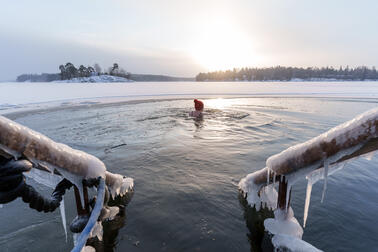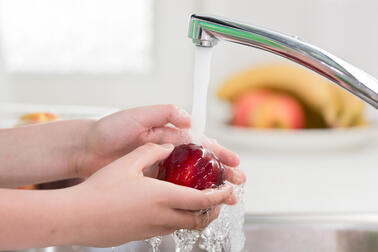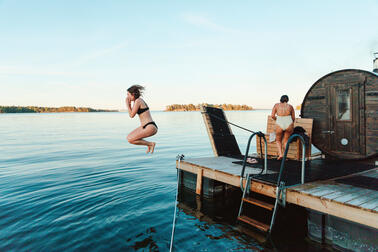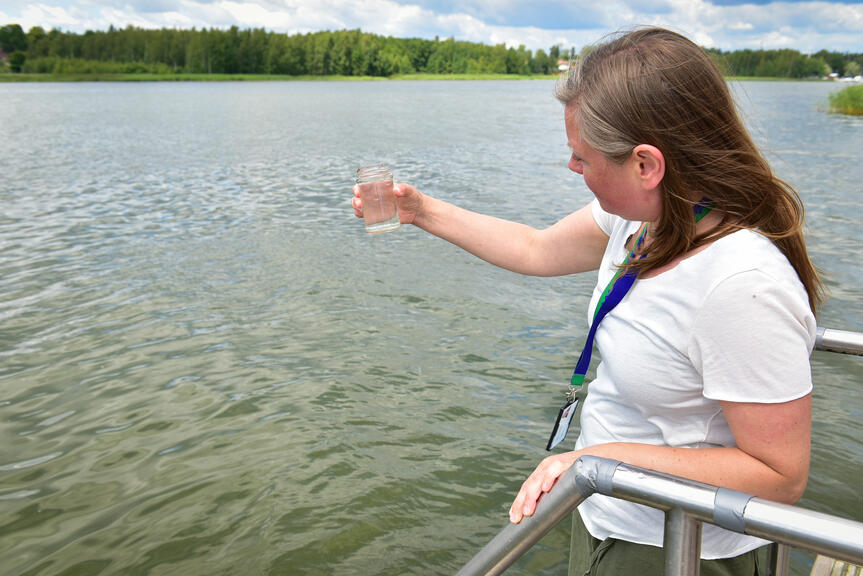
During the summer, four to eight regular water samples will be taken at the public beaches, with the hygienic quality of the water monitored by analysing the samples for faecal bacteria. The beaches are also monitored for water temperatures, blue-green algae concentrations, and nonconformities, such as waste.
The classification is based on a logarithmic calculation method specified in EU legislation. Therefore, even a single bad result can negatively impact the classification of a beach, even if the water quality is generally good.
Besides Rastila beach, it is recommended to avoid swimming at Iso Kallahti and Marjaniemi beaches. Also, it is recommended to avoid swimming at the beaches along the Vantaanjoki river during heavy rain in the summer of 2023.
Each beach has a noticeboard where you can find the latest water quality survey results and information on any warnings. For the most up-to-date information, visit the ulkoliikunta.fi/en website.
Inspection mostly finds Rastila beach in good state
Rastila’s public beach is quiet on a July afternoon when health engineer Sari Front from the City of Helsinki Environmental Services is conducting an inspection visit there. She is one of the three City of Helsinki inspectors responsible for swimming water monitoring.
“Rastila beach is sampled more frequently this summer, and the results have been good. Nevertheless, the recommendation to avoid swimming here must be extended at least until the end of this season. There is no season-long swimming ban on any Helsinki beach this summer, with most of the water samples showing satisfactory or good quality,” says Sari Front.
It is challenging to find a clear reason for an individual poor result because it is normal for water quality to vary for many reasons. The inspectors control many different things affecting hygiene at the beach, such as the condition and adequacy of the toilet facilities and the recommended diaper changing station, as well as the showers and the waste bins. There must also be a sufficient number of No Smoking and No Dogs signs, as the Tobacco Act prohibits smoking on public beaches and walking or letting your dog swim on public beaches is prohibited. The inspectors also check the beach’s blue-green algae situation, and confirm with the lifeguards that the blue-green algae situation is monitored daily and the overall supervision at the beaches is up to standard.
The monitoring also includes any water catchment areas with streams and storm water running near the beaches, which may impact the water quality. With its mouth near Rastila beach, Rastilanpuro brings stormwater to the area from a long way away.
“Stormwater should be considered equal to wastewater, and special attention should be paid to their management and handling in urban areas,” says Sari Front, checking the stream near the beach.
The inspection visit finds Rastila beach is in quite good condition. The blue-green algae situation looks good, with no signs of algae growth. A summer worker is employed by the City of Helsinki’s Siisti kesä! (Tidy summer!) project to rake the beach and lifeguards keep birds off the pier.
“Lifeguards, summer workers and other cleaning workers do important work at the beaches. Many people do not realise that many things can affect a beach’s water quality. Besides the common factors, such as stormwater and run-off water, animal excrement, general hygiene, and boat and other traffic can impact the quality. It is important to remember that recommendations are not made to annoy people but protect them, especially vulnerable groups, such as children and the elderly.”
Inspection visits only a small part of environmental health obligations
Beach inspection visits are only one small part of the obligations of environmental health services. Suppose a beach’s swimming water is classified as poor. In that case, the municipal health protection authority must, together with the owner of the beach, determine the reasons for the poor quality and initiate the appropriate control measures by the beginning of the swimming season following the classification at the latest.
The City of Helsinki’s health authority carries out measures to improve swimming water quality in cooperation with various expert organisations, including the environmental protection authority, the Helsinki Region Environmental Services Authority HSY, the National Institute for Health and Welfare, beach operators and experts from the Land Use and City Structure service. For example, a project is being launched to draw up a comprehensive urban water management plan covering urban wastewater and stormwater. New methods have also been introduced to determine issues and risks related to the swimming beaches, and water catchment area reviews are conducted to closely monitor the water quality in the streams through continuous measurement.
“It is not our goal to prohibit people from swimming. If you want to go swimming this summer, public beaches are the perfect place to enjoy a summer day. They are safe and supervised, and the water quality will be monitored throughout the summer. Many of the beaches are still classified as good or excellent”, Sari points out.
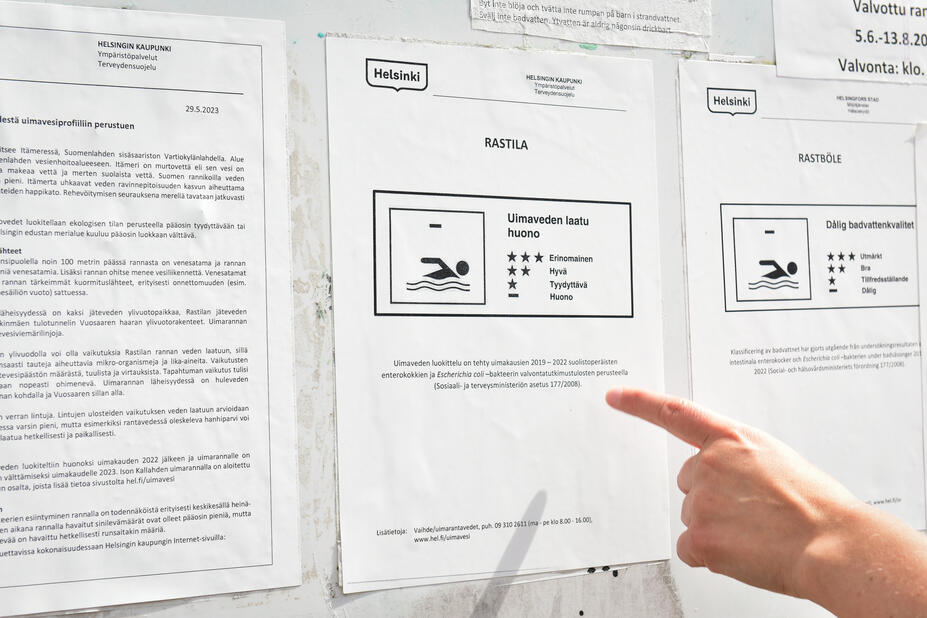
- More information about water quality at public beaches and the blue-green algae situation
- Daily updated beaches’ water temperatures and blue-green algae sightings(Link leads to external service)
- THL press release on 3 June 2023 (in Finnish only): European bathing water report: Finnish public beach waters are mainly clean(Link leads to external service)
